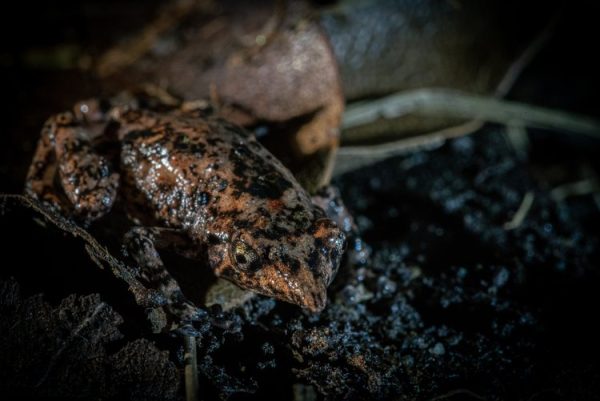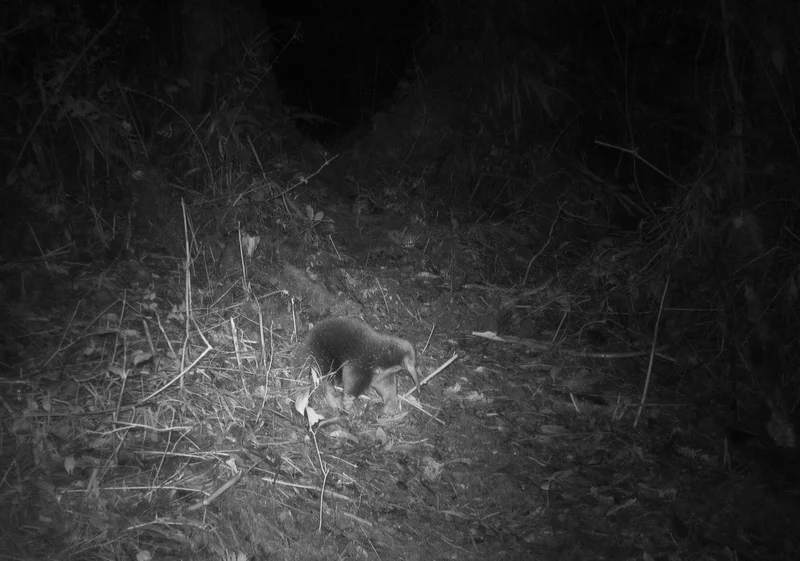Belonging to the Tachyglossidae family, the long lost Attenborough’s long-beaked echidna has been seen for the first time since its documentation in 1961. Named after Sir David Attenborough, this specific variation of echidna is one of the five remaining monotremes, monotremes being egg laying mammals.
Within this group, there are two main families; family Tachyglossidae (echidna) and family Ornithorhynchidae (platypus). Four of the known monotremes come from the Tachyglossidae family making the platypus the only non-echidna member.
Deep in the Cyclops Mountains in the Papua Province of Indonesia, a team of scientists, with various backgrounds and studies, set out on an expedition in hopes of finding the elusive Attenborough’s long-beaked echidna. This expedition, Expedition Cyclops as it was called, however, was not able to start research immediately; the land was unknown to the team and they needed permission to conduct research on untouched land.
With that in mind, the team spent time with the Yongsu Sapari village, building good relations that eventually led to gaining information about navigating the lands as well as permission to conduct their research. Having gained knowledge and permission to use the land, the team quickly got to work setting up 80 camera traps in the surrounding area in hopes of getting photos and videos of the echidna.
Before going on about the expedition, some more information about this specific echidna is in order. The Attenborough’s long-beaked echidna, which will now be referred to as the Attenborough’s for short, was first documented in 1961 and only one specimen has been obtained by scientists; this specimen being held at the Naturalis Biodiversity Center in Leiden, Netherlands. Up until now, the initial documentation and the preserved skin specimen had been the only known evidence of the Attenborough’s existence.
The importance of this discovery is roughly 200 million years old; this is when monotremes were separated from other mammals in the evolutionary tree as others moved on to live births as opposed to egg laying.
Previously stated, there are only five known survivors of the monotreme family; technically only four up until the rediscovery of the Attenborough’s because it had been missing for far too long. With roughly 6,500 known species of mammals and only five remaining monotremes, any discovery related to them is important as there is still more to learn about them.
Picking up with the expedition, the 80 camera traps were used to record anything going on in the surrounding area. Although there were multiple cameras, it came down to the very last one before the team saw the Attenborough’s. On that last camera, in the last memory card, history had been made in the world of biology.
In the process of having a good chance of capturing it on camera, the team climbed a total distance of roughly 11,000 meters while simultaneously dealing with things like illness spreading mosquitos, leeches, heat an venomous animals; a dangerous combination. Despite the challenges, the team completed the search for the existence of the Attenborough’s as well as making various other discoveries.
While not being missing for nearly as long, the Mayr’s Honeyeater, named after Ernst Mayr and a bird species that had been lost since 2008, was also rediscovered. Although the honeyeater is an important rediscovery, the team also stumbled across a new genus of tree dwelling shrimp; a new addition to an already limited group. Setting this species aside from the rest is the fact that it was discovered in the middle of a jungle, the complete opposite of the typical terrestrial shrimp habitat; the seashore.

Additionally, the expedition team discovered an entirely new frog species that makes a high-pitched peeping sound. While it does not have an official name, team members currently refer to it as the “goblin-nosed frog” due to its very distinct nose. The frog is a new member of the genus Choerophryne.
Included in the list of discoveries are new insects. Accidentally falling into the moss covered entrance, team members of Expedition Cyclops discovered a new, unexplored cave high above the Yongsu Sapari village. Once again, with permission of the locals, team members explored the cave and happened to find more species that were previously unknown to science.
Among these discoveries were new species of blind spiders, blind harvestman (commonly referred to as the daddy longlegs) and a new species of whip scorpion, a species that is not actually a scorpion but an arachnid meaning it is related closer to spiders and mites instead.
Looking back at the findings of the expedition team, a big question arises. Due to two lost species being rediscovered, how many species that were labeled as extinct are still our there, nestled deep in a crevasse undiscovered by man?
Click this link to view the report from the individuals at the University of Oxford who were involved in the expedition and this link to view the Expedition Cyclops page to support them and learn more about their goals.









